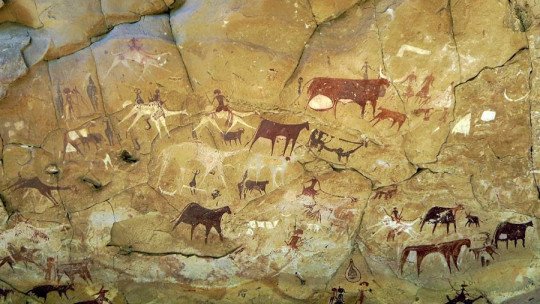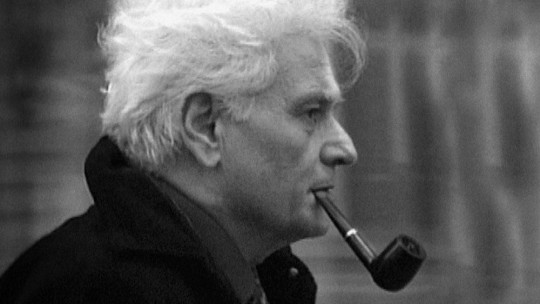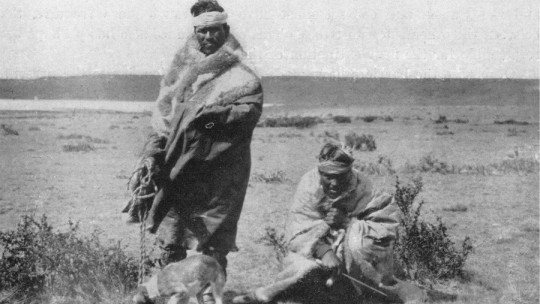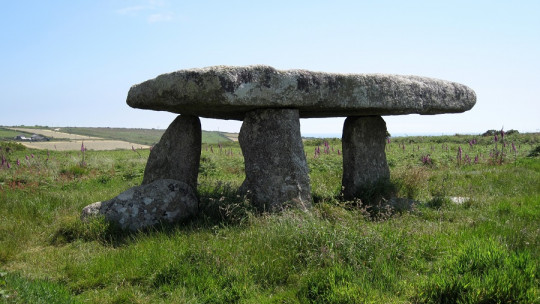
Lately, and thanks to the rise of new healing methods that go beyond traditional science, shamanism is quite in vogue However, and as often happens, most people have a wrong or distorted concept about what shamanism consists of, one of the oldest religious practices of humanity, and about which we know quite little.
One of the theories that has gained the most strength is the one that says that, in the Paleolithic, almost all human communities practiced shamanism. Only through this universalization can it be understood that, currently, there are shamanic traces in most cultures, some as far away as Siberia and South America, for example.
Did our prehistoric ancestors practice shamanism then? And what is shamanism? In this article we try to summarize what this archaic practice consists of, which has deeply marked the religious sense of humanity.
What is shamanism?
Shamanism is called a religious practice of archaic origins, mainly linked to magic, divination and spiritual visions. In reality, the original concept is quite far from what we have today; a deformation resulting from misinformation and the vulgarization of the term.
In its origin, shamanism was a practice that sought to unite the earthly world with the spiritual, which is why it is closely connected to archaic cultures that saw the universe as a great mystery, of which life on earth was only a manifestation. In this sense, the shaman was the figure in charge of connecting both worlds, the visible and the invisible, and thus served as a bridge between the community and the gods.
Of course, for the shaman to be able to carry out this mission he had to be imbued with certain special and unique gifts that the rest of the group did not possess. The main gift was a natural predisposition to ecstasy or trance, during which the shaman “traveled” astrally to other worlds and collected the manifestations of the gods and spirits, whose will was impossible to ascertain in any other way.
As a bridge between the invisible and visible worlds, the shaman also had healing gifts, since he worked with supernatural energies that did not come from the earthly world. Thus, the shamanic figure became the not only religious basis of the community, but also vital and, often, survival
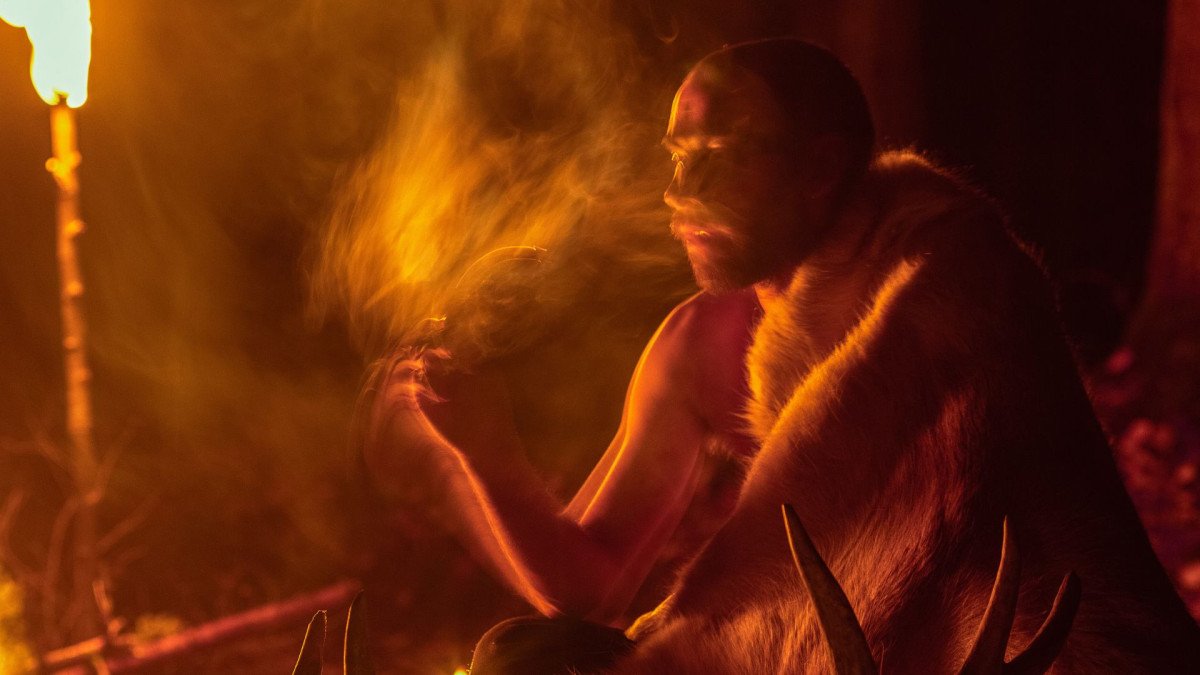
The origins of shamanism
Etymologically, the word shaman comes from the Tungu languages, communities native to Siberia. From them it was transmitted to Russian and, from there, to the rest of the world. Until not many years ago (and, in fact, the phenomenon is still present in many communities), in Siberia and Central Asia we found many cultures that continued to have shamanism as the central axis of their life.
But not only that; In many American cultures, shamanic practice persists, so we can get an idea, based on its universalization, that shamanism is as old as the first human communities Many anthropologists have studied the shamanic phenomenon in prehistoric cultures; among them, Jean Clottes and David Lewis-William, who proposed the theory that the parietal paintings of Paleolithic art were a clear indication of shamanic practices. According to this theory, the animals and geometric figures represented would be the fruit of the shaman’s trance, and would thus have a religious and totemic meaning.
Why did shamanism occur almost simultaneously in diverse and varied human communities? Does this mean that this religious practice is much older than we believe and that, from a first group or small groups, it spread to the rest of the world, through the emigration of Homo Sapiens?

The basic characteristics of shamanism
Although shamanism is a complex phenomenon, we can trace its basic characteristics if we stick to the various research on the matter and the ethnographic comparison of the various shamanic cultures that still exist. Let’s review them one by one.
1. The “sacred bridge”
A first common point that we observe is the concept of a bridge that links the visible world with the invisible This connecting mission falls to the shaman, a being endowed with special powers that differentiate him from the rest of the clan members.
Because, although the shaman must follow initiation rites in order to develop as such, he must also be a person with a natural talent that allows him to perceive elements that are beyond the ordinary. In other words, the shaman is an unusual being who can achieve the complete vision of the cosmos, not just a small part (which is what earthly life represents).
2. The capacity for ecstasy or trance
This is perhaps the most important feature, and perhaps also the most famous. The shaman’s innate abilities must allow him to reach stages that the rest of the individuals in the group cannot, nor should, access. To do this, the shaman must enter ecstasy or trance, through which he climbs stages of consciousness until he penetrates the most hidden universe, reserved only for him, the spirits and the gods From this world, the shaman rescues the necessary information that will help the community in its life on earth.
For the anthropologist Luc de Heusch (1927-2012), there are two ways to approach this hidden and sacred universe. The first would be through possession, in which the intermediary loses self-awareness and becomes a mere object of the “voices” from above. On the other hand, shamanism would mean a second way, which for de Heusch would not imply the complete loss of the individual’s psyche; Thus, the shaman is capable of accessing higher stages without abandoning his personality and psychic integrity.
In biological and scientific terms, this ecstasy or trance can be achieved through several means. On the one hand, of course, we have the consumption of substances that alter the functioning of the brain, so, consequently, “visions” or supernatural experiences can occur. But there are other methods to achieve the long-awaited trance: severe starvation, extreme exhaustion or a high fever can have exactly the same hallucinatory effects
This is why the first Christian ascetics, who retired to the desert and practiced a severe fast, were possessed by “heavenly visions.” In any case, the shaman is the only one in the group who has access to these visions, and is in charge of making them reach others, as well as interpreting them. He is what the historian of religions Mircea Eliade (1907-1986) called the “master of ecstasy.”
3. The healing capacity
Finally, one of the essential characteristics of the shaman is his healing capacity. As the only individual with access to the sacred, this figure imbues himself with the secrets of life and death, which he can administer on earth over the living. The shaman has the ability, then, to dispense both life and death
Cases of shamanic healing have been studied, such as the famous song healing, in which the shaman interrupts feverish spells through sacred songs that have a positive effect on the patient. In contemporary history there is a very striking case, that of the monk Rasputin, who was able, simply by praying and through the laying on of hands, to cure the hemophilia attacks of the heir to the Russian throne.
Science is still very far from being able to explain these phenomena, but the real question is: Should both processes really be at odds? Could there be phenomena that reach where traditional medicine cannot? As always, controversy is served


